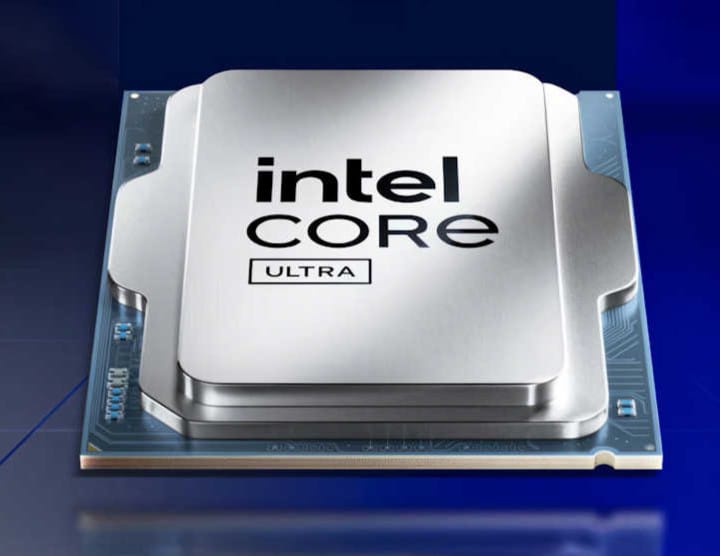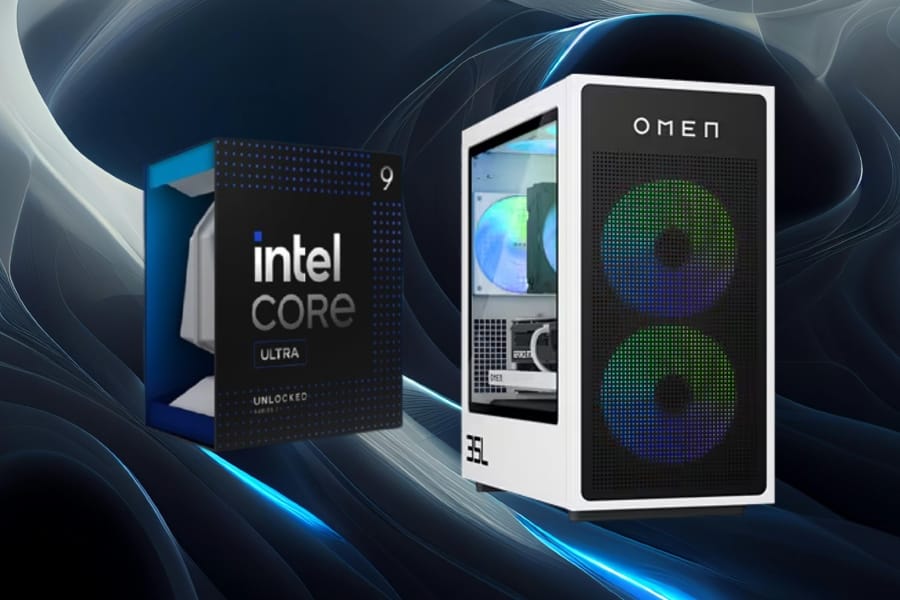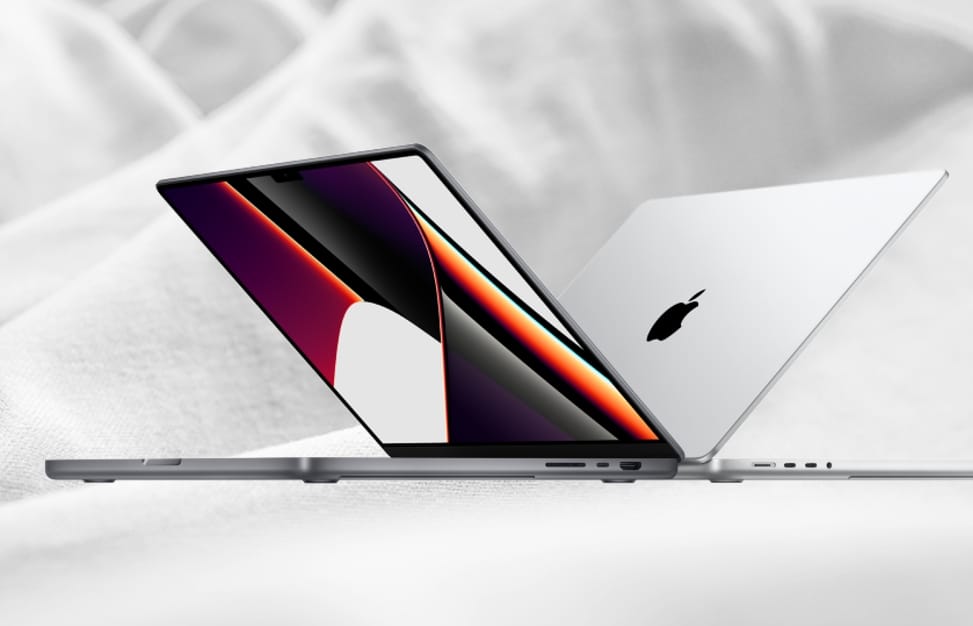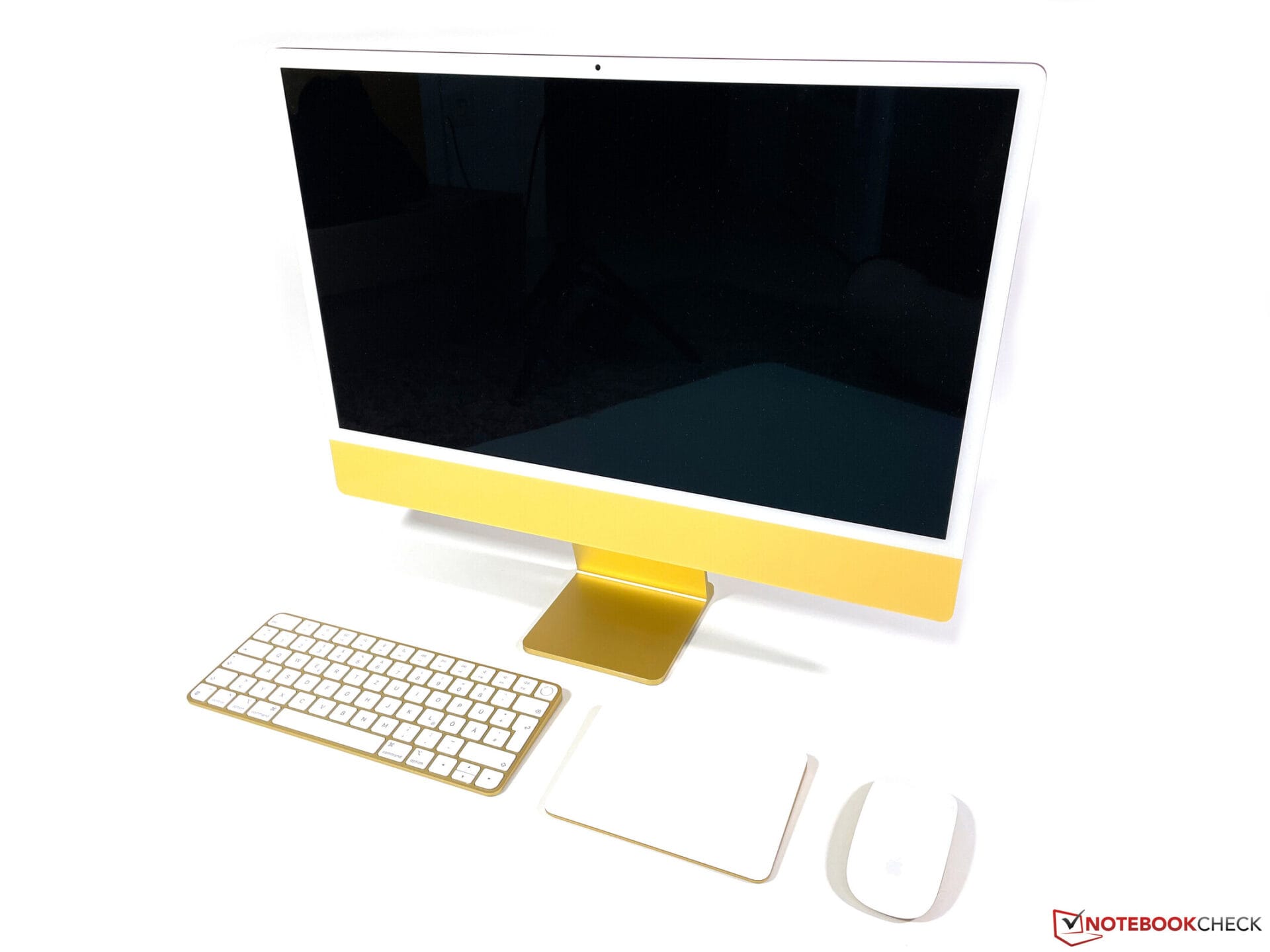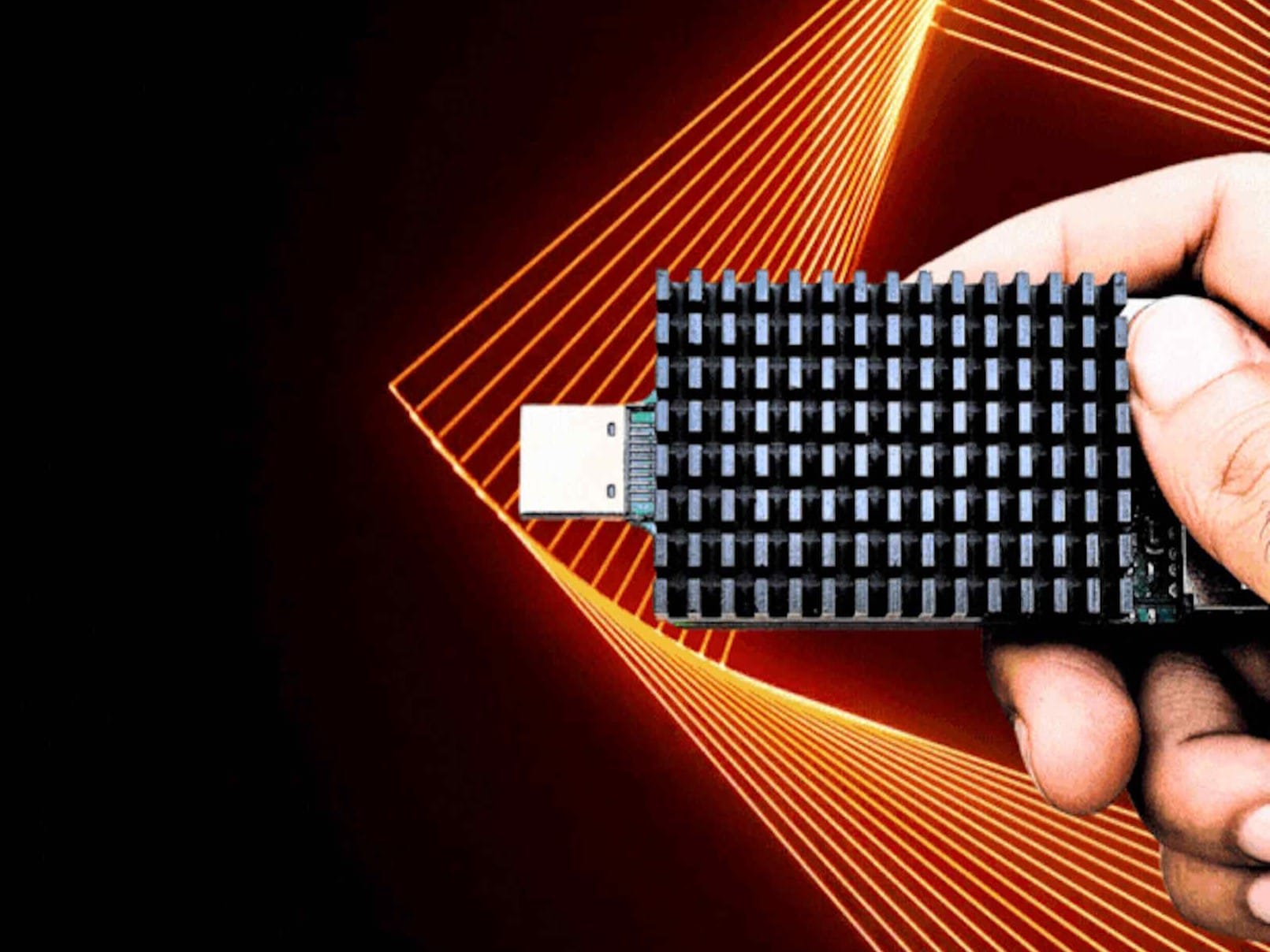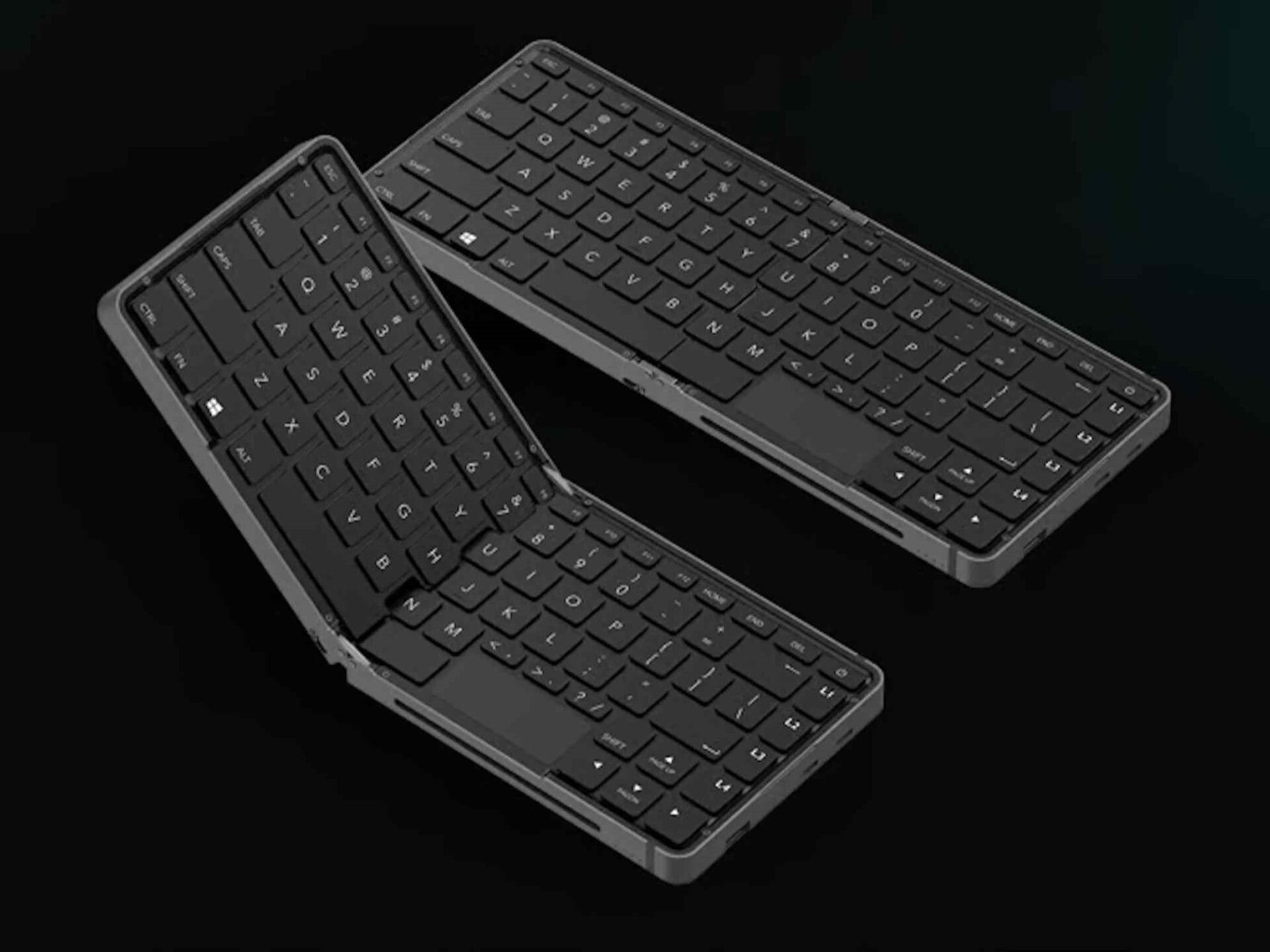In the third quarter of 2024, from July to September, globally, 68.9 million PCs were sold. This total encompasses desktop systems, laptops, and workstations, but excludes tablets. According to information from the International Data Corporation (IDC), sales dropped by 2.4% compared to the same time in 2023, with Apple being the only significant loser in this market.
Apple’s Decline
The maker of the iPhone managed to sell just 5.3 million Macs in the last quarter, representing a 24.2% decline compared to the previous year. This drop occurred even though the sales strategy remained similar; the MacBook Pro featuring Apple M3 was introduced in October 2023, and a new version with Apple M4 is expected to be released in October 2024. The IDC’s report attributes this sales decline to a shift in consumer demand towards more affordable computers due to the current economic climate. Furthermore, the buzz surrounding AI hasn’t yet impacted sales, and IDC analysts predict that AI-driven computers won’t dominate the market until 2026.
Market Competitors
On a brighter note, the arrival of new Copilot+ PCs equipped with Qualcomm Snapdragon X Elite, Intel Lunar Lake, and AMD Ryzen, along with the anticipated MacBooks featuring Apple M4, are likely to invigorate the premium market in the next few months. Lenovo retained its position as the largest PC vendor globally, selling 16.5 million units, which grants it a 24.0% share of the market. HP follows in second place, with 13.6 million PCs sold, accounting for a 19.7% market share, while Dell comes in third with 9.8 million sales, or 14.3% of the market. Despite facing some controversies, Asus managed to increase its sales by 10% compared to last year, moving Apple into the fifth spot with 5.5 million units sold and a 7.9% market share.
Future Outlook
The outlook for the PC market seems mixed, with the traditional demand for laptops and desktops being influenced by economic factors. While high-end models are on the horizon, the overall shift towards budget-friendly options may continue for the foreseeable future. The upcoming releases and innovations could potentially change the landscape, but for now, companies like Apple will need to rethink their strategies to regain lost ground in the competitive market.







